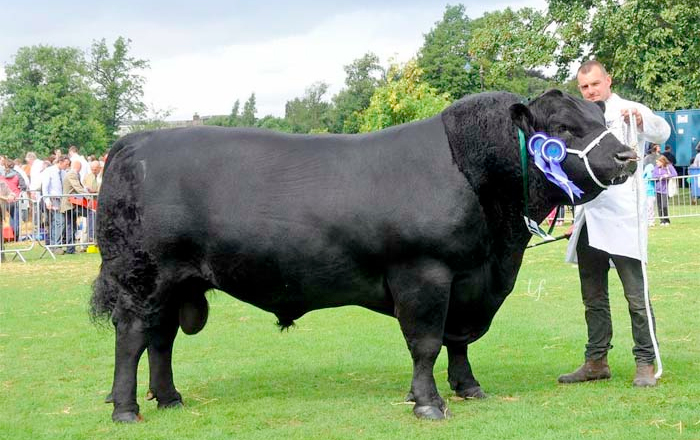
The importance of the red meat sector to Scotland’s economy is highlighted in a new report by Quality Meat Scotland (QMS).
The Scottish Red Meat Industry Profile, which covers the 2014 year, draws together a wide range of information on the Scottish red meat sector and encompasses the whole production chain from producer to final consumer.
After the harsh weather conditions of 2012/13, better conditions in 2014 during the peak spring calving and lambing periods led to reduced mortality and helped boost productivity.
“Calf registrations increased despite a further decline in the beef breeding herd, while the number of lambs per ewe rose sharply,” said Stuart Ashworth, QMS Head of Economics Services.
“In the pig sector, lower feed costs and the higher producer prices of 2013 meant that producer confidence began 2014 at its highest level for a number of years. During the year there was a further expansion in the sow herd and previous investments in genetics and herd health supported increased sow productivity,” added Mr Ashworth.
However, while better grass growth, lower purchased feed costs and increased productivity helped reduce pressure on beef producers’ margins, this was offset by a significant decrease in farm gate prices.
“Though lamb producers are likely to have benefitted from an increased lamb crop, the timing of sales will have been a key factor in determining profitability. Indeed while the annual average auction price averaged slightly higher than in 2013, there was considerable variability during the year,” observed Mr Ashworth.
Prices traded around 10% lower during the July to October period, but higher at the beginning and end of the year. In the pig sector, a better supplied global market for grains and oilseeds pushed feed costs down sharply for a second year. However, producer prices decreased sharply in the second half of 2014, potentially offsetting the gains from cheaper feed costs.
The volume of red meat available for consumption in the UK during 2014 increased by three percent on the previous year.
There were increases across the board, mainly as a result of increased domestic production due to higher productivity and increased carcase weights. However, despite the continuing recovery in both the wider UK economy and consumer confidence, retail consumption of the prime cuts of beef, lamb and pork fell back. This suggested, said Mr Ashworth, that the volume of red meat used by the food manufacturing and foodservice trades increased and/or there was a build-up of meat in cold stores.
The UK’s overall trade in red meat increased during 2013, with imports rising by 2% and exports by 3.5%. On the beef side, imports grew strongly as the UK’s major supplier, the Irish Republic, saw a considerable increase in production. On the export side, increased production and imports made an increased volume of beef available for sale overseas.
“Similarly, pigmeat import and export volumes also increased as domestic production increased and falling prices on the continent made cheap imports look attractive to buyers in the food manufacturing sector,” stated Mr Ashworth.
“By contrast, sheepmeat trade volumes contracted as the principal UK supplier, New Zealand, had less sheepmeat to sell and rebalanced its exports towards Asia, while a stronger sterling against the euro acted as a headwind to exports.”
Scotland’s red meat processing companies benefitted from lower raw material prices, having felt a significant squeeze on their margins in 2013.
Taking a broad look over 2014, Mr Ashworth said that Scottish livestock producers had benefitted from lower input costs, increased productivity and better weather conditions.
However, farm gate prices for cattle and pigs averaged significantly lower than in 2013, while sheep prices trailed year earlier levels through much of the key selling period.
